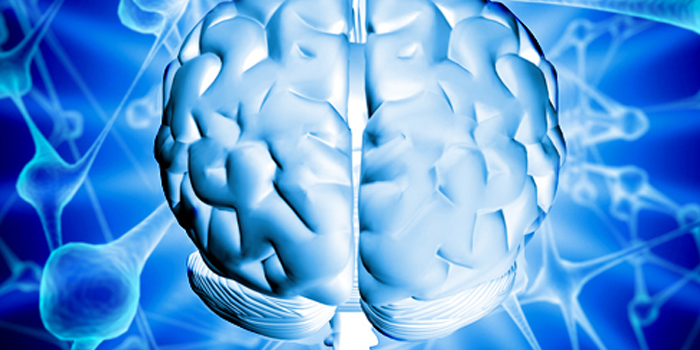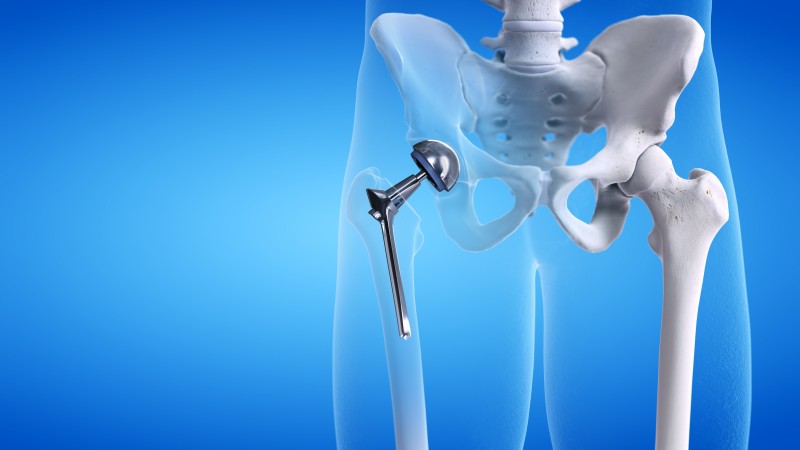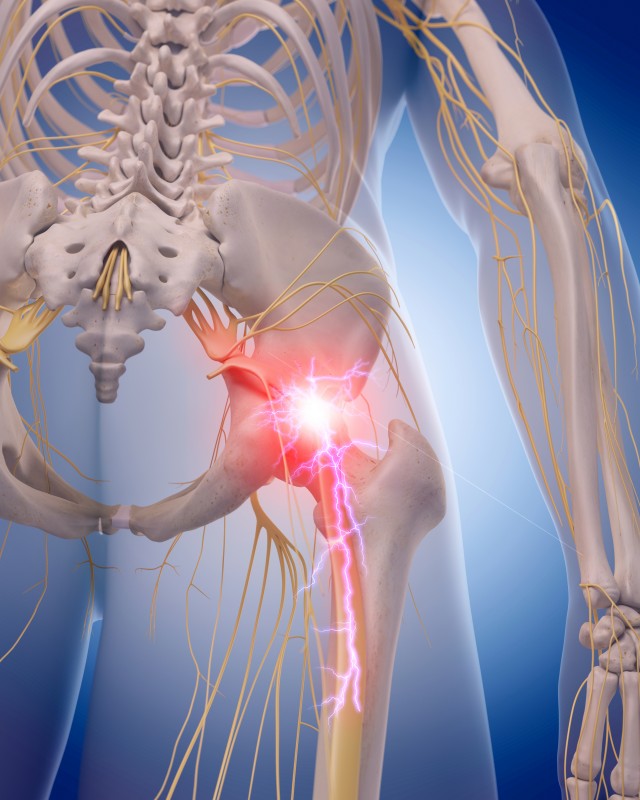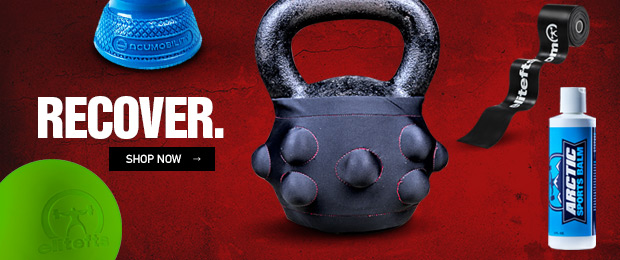
There are good and bad things about my world post-hip replacement and post-major surgery on the other hip. I’m definitely glad I did it; so if you’re in a lot of pain, go ahead. Quit putting it off. I remember after the nerve block wore off, I was in less pain lying in the bed than I was walking into the hospital. But let’s talk about after that.
RECENT: Implementing Self-Determination Theory in Coaching
Training
I’m having to adjust the way I look at training. I’m not going to hit full depth again on a squat. Hell, some people probably say what’s the difference from that and when I competed. I can push things, but it seems that when I start going super heavy, I get achy in my joints for several days. If that will go away over time or not, I’m not sure. I’ve watched a friend of mine, Bill Clark, the last remaining member who started powerlifting as an offshoot of Olympic weightlifting from the AAU, wear out multiple joint replacements, bend his implants, spiral fractures bones, etc. I’ve seen what he deals with, and I just don’t want to do that with doing stupid heavy lifts. I’m trying to do everything for higher repetitions; I try not to go below 15 reps on anything, and if I do, it’s only for a short period.
I haven’t noticed any movements that I can’t do — I just can’t do them as heavy or as fast. Some things I’ve found that I can push heavier loads without repercussion, like Romanian deadlifts, sled pulls, and sled pushes. It seems that any time that I flex the hip and the knee, I tend to have issues. I’ve been able to do heavy-ish rack pulls without repercussion, yet heavy deadlifts from the floor tend to cause issues. I’m going to guess it’s got something to do with the hip controlling the knee position, but I’m not entirely sure. I may try to go over to Athletics and use a power rack consistently (it’s a popular place for the curls and dancing combo in Miami) and see if I can start pushing those on up. I haven’t tried heavy loads on the barbell hip thrust that many people like.
A lot of it is due to the fact that most of my training has to be done in LA Fitness in Miami, as that’s the only gym nearby that has childcare. I’m not used to training in a commercial gym and having people walk too close to me while I’m laying on the floor trying a floor press, so I’m going to wait until I’m used to it for the hip thrusts. It seems to be a popular movement down here though on the Smith Machine. Why? No clue, but there’s often a line to do them there. Maybe it’s because you don’t have to hold on? No idea. Maybe it’s a Latino thing?

Sebastian Kaulitzki © 123rf.com
One exercise that I did find helpful was a single leg Romanian deadlift focusing on the stabilization of the pelvis — keeping it level and not letting the up leg side of the pelvis drift toward the ceiling. This could be due to the fact that the surgeon had to cut the lower two-thirds of my glute max off and sew it back together because he and his team weren’t strong enough to pull my femur out (I’m not sure if I should be proud of myself or embarrassed for them for that one). I’m not quite sure if everyone else will see that benefit or not.
One thing I didn’t think would change was that now I can’t arc on my bench press anymore because it hurts my hip. I didn’t think this would happen, as people often think of bench as an upper body-only exercise, but I like most powerlifters turned it into a total body exercise. I used to get the arc from tucking my feet back up underneath me, and I’d get a tremendous arc and leg drive from this. People at the meets used to comment on how big of an arc I had for a big man, and that’s now a thing of the past. I can get some leg drive if I set my feet out in front of me, but it’s nothing like it used to be.
RELATED: Shooting From the Hip
Benching 700+ on the regular and doing over 800 on movements in training is a thing of the past for me. While I don’t necessarily like it, it’s something I’ve accepted. With a couple of months of shirt work, I can get back up to between 550 and 600. Anything over that, though, starts to hurt the hips, even with the change in foot position. If I can find a way to get around that, it would be awesome. Until then, I’ll reside myself to a has-been.
Daily Living
My daily living activities are far better now than they were before. I remember not being able to walk upstairs due to pain in raising my leg above two inches due to the impingement and arthritis. That’s gone now. I can get up and down off of the ground easily, whereas I couldn’t before. Sitting with my knees higher than my hips or anything where I have to raise my knee really high (think getting into a jacked-up truck or Jeep) is tough. That’s really the only thing that consistently is tough.
Some people have a hard time putting on their socks for the rest of their life. I only do on occasion. Sometimes everything gets locked up external rotator- and abductor-wise from training, walking too much (the days when I cross 20,000 steps is when this happens consistently), and sometimes dehydration; then I have a hard time putting on my own socks.
When I first was released, I’d have a hard time walking in deep sand that shifts all over the place when you walk. That has since passed and I can go up the dunes and anything else. The good news is if you have difficulty with that and continue working on strengthening and proprioception, it goes away.
Pain
Most of the pain is entirely gone. I do occasionally have some pain when my adductors or internal rotators fire. A great part of this is because they were weakened before the surgery from all of the abduction and external rotation work that I did with squatting. I always forced my knees out, which strengthened the abductors and external rotators. I never did any work on adduction or internal rotators. This may have made my issues worse.
When the adductors have to turn on forcefully or really quickly, I will get a fair bit of pain. Other than the occasional zing from this or trying to do something stupid, like jumping over a hurdle (hurdle-style, not like a plyo-jump), I don’t really have pain.

Sebastian Kaulitzki © 123rf.com
Mobility
My mobility has never been good, and it still sucks, but quite honestly, that is on me. I was actually more mobile when I was doing physical therapy twice a week than I am now because I never remember to do the small stuff. I noticed that since I quit doing therapy, my internal rotation went away. This is a big deal because the joint won’t wear evenly and will speed up a revision surgery. So now I’m back to doing some focused internal rotation and adductor work. It doesn’t have to be a tremendous amount, just a little bit and often.
Unintended Issues
My gait changed after surgery, and the more fatigued I became after my first replacement, the worse my gait became. As a result of that, my other hip that “wasn’t that bad, I won’t need surgery” ended up needing surgery. I think that if I would have been more diligent in my rehab and took it more seriously on the small stuff (meaning proprioception and more intricate patterns) instead of just seeing how much weight I could push on a leg press or squat, then I could have avoided that. Also, with my gait changing, I had to get new orthotics. They no longer worked for me, so that sucked. I had to reinvest in those. When you change the way your femur and acetabulum interact, you will change the mechanics all the way down the chain. If you start having foot pain after hip surgery, go get new orthotics because you’re walking differently now.
READ MORE: 10 Things You Can Start Doing to Extend Your Lifting Career
On the side that wasn’t replaced but was a pretty serious surgery, I do have some issues with arthritis since they couldn’t get it all. There are a few things I’ve been doing to help with this.
I started with Celebrex. There are increased risks of cardiovascular episodes with this, and God knows the last thing I need is a stroke as I support my family with my brain. I try and use it just sparingly when things get out of whack for a variety of reasons.
Here are three things I’ve been doing to help: Fascial training, turmeric, and RPR.
The first is I work on doing some full range of motion with rotation or other drives to try and elicit a training effect with the fascia. If it gets bound up, it tends to impede the muscular system. I could try and explain more on this, but Bill Parisi has written a book that’s available on Amazon about fascial training that does a better job explaining it than I ever could in an article.
I’ve been taking turmeric — three pills three times a day (I can’t remember the dosage). Non-Steroidal Anti-Inflammatory Drugs (NSAIDs) have side effects as well, for the stomach, liver or kidney, depending on which one you take. Turmeric — specifically the curcumin that is in it — has anti-inflammatory properties. It seems to help. Whether the help is from a placebo effect or if it actually does have an impact, I’m not sure. Nor do I care. If it’s helping me, I will do it.
The last thing is the Reflexive Performance Reset (RPR) that JL Holdsworth, Cal Dietz, and Chris Korfist have popularized. Cal always loves to talk about big juicy quads, and I’m one of them. Oftentimes when you see someone with big quads, they’ll get back pain when running. The rectus femoris is getting overworked, as it isn’t just a knee extensor but a hip flexor, too (its origin is on the anterior inferior iliac spine and the labrum). When the rectus femoris tries to do both at the same time, it hypertrophies greatly and gets tight as well.
Doing the RPR is a way of “resetting” this that has to be continually done on me. If I don’t do it for just two days, I pay for it. While some say it is utter voodoo — and I have said the same thing — it works. If you’ve ever been over to go over to China and spend time with traditional Chinese medicine docs, you’ll see a lot of acupuncture. A lot of the RPR areas that I saw and spoke to that the traditional Chinese medicine docs treat about were the same. Though some don’t believe in this, I think things tend to stick around for millennia only if they work.
This little article is not meant to be a conclusive do-this, not-that article. It’s meant to show you that there are some things that worked for me. If you’re looking at getting your hip replaced or work done on both hips, these are things that might help you along the way.











1 Comment